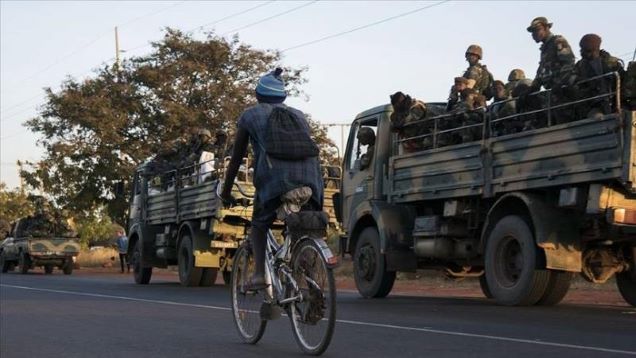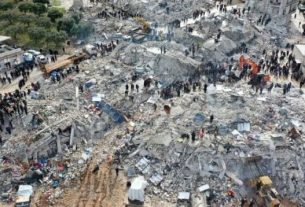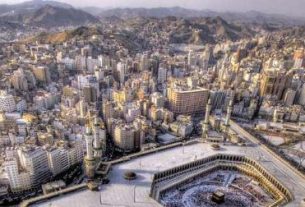The military coup in Niger on July 26 has put the spotlight on the country’s uranium reserves.
This radioactive metal element is used for many purposes, including cancer treatment, maritime and arms industry, and nuclear energy.
Niger, which has the highest-grade uranium ores, produced 2,020 tons of uranium last year, according to the World Nuclear Association (WNA).
The country is thus the world’s seventh biggest supplier of uranium, way behind Kazakhstan which supplies 43% of the world’s uranium and which produced 21,227 tons in 2022.
Kazakhstan is followed by Canada (7,351 tons) and Namibia (5,613 tons).
Niger, which produces about 5% of the world’s output, has a reserve of 311,110 tons in total.
France needs approximately 7,800 tons of uranium on average per year, to run 56 reactors in 18 nuclear plants. That is the reason why Paris has been importing uranium from its former colony, Niger, for 50 years.
The French nuclear energy company Orano – formerly Areva – co-exploits the mine near the city of Arlit in the Saharan desert, and Niger was France’s third uranium supplier after Kazakhstan and Australia in 2005-2020, according to the Euratom Supply Agency.
Niger is also considered the European Union’s second uranium supplier.
Orano denied the allegations about stopping the uranium supply to France after the coup in Niger, ensuring that its operations in the field were continuing.
The company also agreed with Niger to exploit the Imouraren mine, one of the biggest uranium beds in the world with around 200,000 metric tons of reserve, located in northern Niger. The extraction will start in 2028.
Orano was criticized for leaving radioactive waste behind in the Akokan mine near Arlit, which closed in 2021 after extracting 75,000 metric tons of uranium. Orano allegedly left 20 million tons of radioactive waste behind.
The French non-governmental organization Commission for Independent Research and Information on Radioactivity (CRIIAD) noted that Orano did not seal off the waste under clay layers as it must be done.
The radioactive waste in the region threatens the health of 100,000 people living in the region, according to CRIIAD.__The Nation





